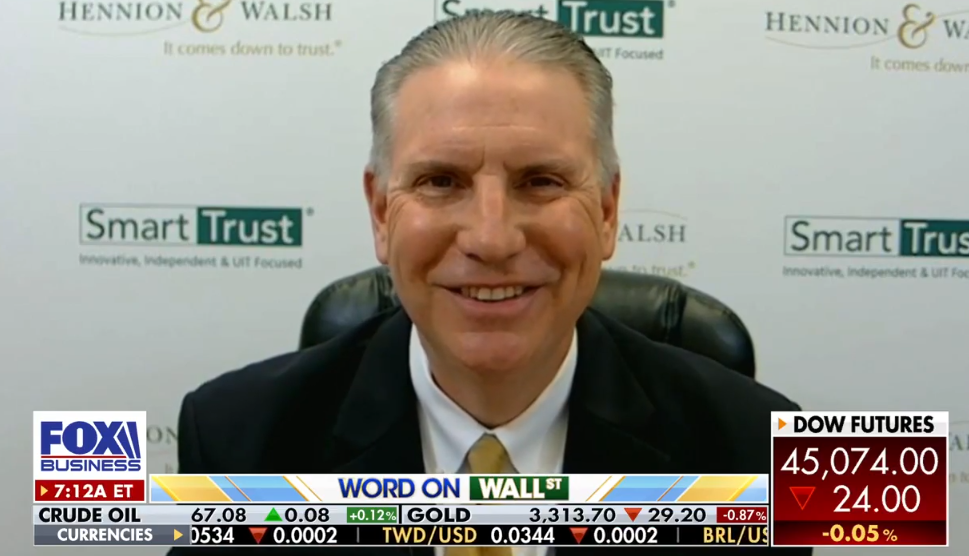
It’s Now Been a Year Since S&P 500 Index Hit a Record High
Market Overview

Sources: Equity Market, Fixed Income and REIT returns from JP Morgan as of 05/20/16. Rates and Economic Calendar Data from Bloomberg as of 05/23/16.
Happening Now
U.S. Stocks broke their losing streak last week gaining 0.35%, while on the international front developed markets, with a weekly gain of 0.33%, outpaced their emerging market counterparts which fell 1.32%. Value stocks continue to outpace growth companies across large, mid and small market capitalizations with year-to-date returns of 3.2%, 5.3%, and 2.4% respectively.
It has officially been one year since the S&P 500 Index (S&P 500) reached its all-time high of 2,131 on May 21, 2015. This is the first time since the financial crisis that the index, to which some $7.8 Trillion of assets are benchmarked, has gone a full twelve month period without setting a new high. This may simply be a sign of an aging bull market as opposed to a sign of an imminent bear market as some more pessimistic strategists have suggested. In fact, considering that the S&P 500 has experienced two pull backs over the last year, each being greater than 10% in scale, and closed Friday at a level of 2,052 (just 3.7% shy of its record) is a testament to the durability of this secular bull market. One should remember that in August of 2015, the market fell 12.4% because of fears over a global economic slowdown led by China and uncertainty regarding Federal Reserve interest rate policy. The market bounced back over the course of the proceeding four months only to drop 13.3% in February, due again to China, slow global economic growth and a steep decline in the price of oil.
Despite these persistent concerns, the market has recovered each time, albeit not to the record level set in May of 2015. Given the heightened volatility in equity markets thus far in 2016, this is a dangerous market environment for individual investors, who are typically more susceptible to emotionally driven decisions, to try to “time” the market by themselves. This is why, according to Blackrock, over the past twenty years, the average investor has earned an average annual return of 2.1% annually versus the S&P 500 Index which has delivered an average annual return of 8.2% over the same time period.
*The asset classes referenced in the text above use the following Index or security to measure return: U.S. Stocks- S&P 500 Index, Developed Markets- MSCI EAFE Index, and Emerging Markets- MSCI EM Index. All indexes are measured on a total return basis. Value stocks are defined as those with lower relative valuation measures such as P/E and P/B. Growth stocks are defined as exhibiting higher earnings and/or sales growth then average.
Important Information and Disclaimers
Disclosures: Hennion & Walsh is the sponsor of SmartTrust® Unit Investment Trusts (UITs). For more information on SmartTrust® UITs, please visit www.smarttrustuit.com. The overview above is for informational purposes and is not an offer to sell or a solicitation of an offer to buy any SmartTrust® UITs. Investors should consider the Trust’s investment objective, risks, charges and expenses carefully before investing. The prospectus contains this and other information relevant to an investment in the Trust and investors should read the prospectus carefully before they invest.
Investing in foreign securities presents certain risks not associated with domestic investments, such as currency fluctuation, political and economic instability, and different accounting standards. This may result in greater share price volatility. These risks are heightened in emerging markets.
There are special risks associated with an investment in real estate, including credit risk, interest rate fluctuations and the impact of varied economic conditions. Distributions from REIT investments are taxed at the owner’s tax bracket.
The prices of small company and mid cap stocks are generally more volatile than large company stocks. They often involve higher risks because smaller companies may lack the management expertise, financial resources, product diversification and competitive strengths to endure adverse economic conditions.
Investing in commodities is not suitable for all investors. Exposure to the commodities markets may subject an investment to greater share price volatility than an investment in traditional equity or debt securities. Investments in commodities may be affected by changes in overall market movements, commodity index volatility, changes in interest rates or factors affecting a particular industry or commodity.
Products that invest in commodities may employ more complex strategies which may expose investors to additional risks.
Investing in fixed income securities involves certain risks such as market risk if sold prior to maturity and credit risk especially if investing in high yield bonds, which have lower ratings and are subject to greater volatility. All fixed income investments may be worth less than original cost upon redemption or maturity. Bond Prices fluctuate inversely to changes in interest rates. Therefore, a general rise in interest rates can result in the decline of the value of your investment.
Definitions
MSCI- EAFE: The Morgan Stanley Capital International Europe, Australasia and Far East Index, a free float-adjusted market capitalization index that is designed to measure developed-market equity performance, excluding the United States and Canada.
MSCI-Emerging Markets: The Morgan Stanley Capital International Emerging Market Index, is a free float-adjusted market capitalization index that is designed to measure the performance of global emerging markets of about 25 emerging economies.
Russell 3000: The Russell 3000 measures the performance of the 3000 largest US companies based on total market capitalization and represents about 98% of the investible US Equity market.
ML BOFA US Corp Mstr [Merill Lynch US Corporate Master]: The Merrill Lynch Corporate Master Market Index is a statistical composite tracking the performance of the entire US corporate bond market over time.
ML Muni Master [Merill Lynch US Corporate Master]: The Merrill Lynch Municipal Bond Master Index is a broad measure of the municipal fixed income market.
Investors cannot directly purchase any index.
LIBOR, London Interbank Offered Rate, is the rate of interest at which banks offer to lend money to one another in the wholesale money markets in London.
The Dow Jones Industrial Average is an unweighted index of 30 “blue-chip” industrial U.S. stocks.
The S&P Midcap 400 Index is a capitalization-weighted index measuring the performance of the mid-range sector of the U.S. stock market, and represents approximately 7% of the total market value of U.S. equities. Companies in the Index fall between S&P 500 Index and the S&P SmallCap 600 Index in size: between $1-4 billion.
DJ Equity REIT Index represents all publicly traded real estate investment trusts in the Dow Jones U.S. stock universe classified as Equity REITs according to the S&P Dow Jones Indices REIT Industry Classification Hierarchy. These companies are REITSs that primarily own and operate income-producing real estate.



